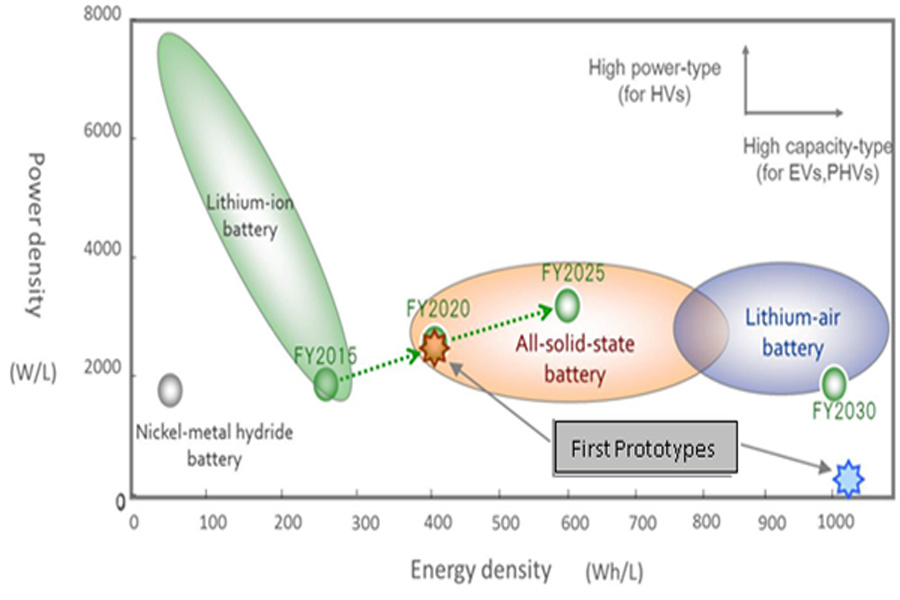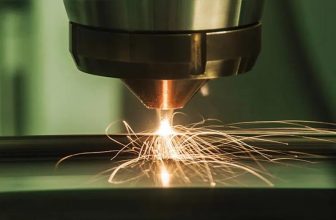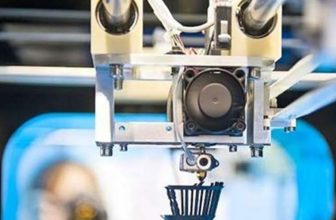
We usually find that the newly bought toy children have no electricity before they have fun, and most of the batteries are very short and expensive. So glad we know that many researchers are investing time and resources to determine how to 3D print batteries. Although the battery is not something you can quickly print out on a normal desktop system. However, 3D printed batteries have other advantages.
The Swiss holding company Blackstone Resources AG focuses on the metal battery market and has been investing in next-generation battery technology through its German subsidiary Blackstone Technology GmbH. The company just announced that its use of proprietary 3D printing technology to manufacture lithium-ion solid-state batteries has reached the point of practical use. Blackstone Resources AG firmly believes that it can produce reliable lithium-ion batteries with higher energy density levels in large quantities and at low cost. The goal is to keep costs well below 80 Euros per kWh. This will represent the ultimate breakthrough in storage technology. According to China 3D Printing Network, traditional battery designs use liquid or polymer gel electrolytes, while solid-state batteries use solid electrodes and solid electrolytes. They do not require the use of flammable liquid electrolytes, so they are safer to use, but cost a lot of money.
Blackstone Resources AG said that compared with traditional manufacturing methods, using its patented 3D printing process to manufacture batteries has many advantages, for example, more charging times, lower cost, and energy density increased by more than 20%, and output is increased. This provides flexibility in cell formatting.
“Blackstone has developed a patented 3D printing battery technology. Due to its advanced processing technology, its energy density is 25% higher than that of traditional lithium-ion batteries. Except for thicker layers, almost all geometric patterns can be printed. Multilayers. Battery is also possible, it can provide higher voltage at the battery cell level. 3D printing battery technology is the key to mass production of solid-state batteries (SSB). By developing solid-state battery printing technology, Blackstone will be able to reduce costs The energy density of the battery produced is doubled. And, in the process, it will be able to provide it with its own battery metal.” In addition, by using 3D printing to manufacture the battery, materials that do not store any energy (such as aluminum and Copper) is reduced by as much as 10%.
The company is now moving to new heights and plans to produce 3D printed solid-state batteries, and has actually created and tested its first SSB battery prototypes. Now, it is working to further develop its technology so that it can 3D print SSB batteries for mass production.
Holger Gritzka, CEO of Blackstone Technology GmbH, said: “In addition to our so far in the development of 3D printing battery technology, this development has paved the way for the mass production of solid-state batteries. In addition to major markets such as the automotive industry, marine applications and new 5G wireless networks will also benefit from the advantages provided by 3D printed solid-state batteries.”
By using automatic 3D printing to manufacture SSB lithium-ion batteries, the Blackstone Group can save 70% of the CAPEX (capital expenditure of recorded goods or services) that is normally used to produce them. The company said it “may change the rules of the game” for SSB Production, and showed that it can create battery shells, composite materials and solid electrolytes, which are necessary for mass production of solid-state lithium-ion batteries.





